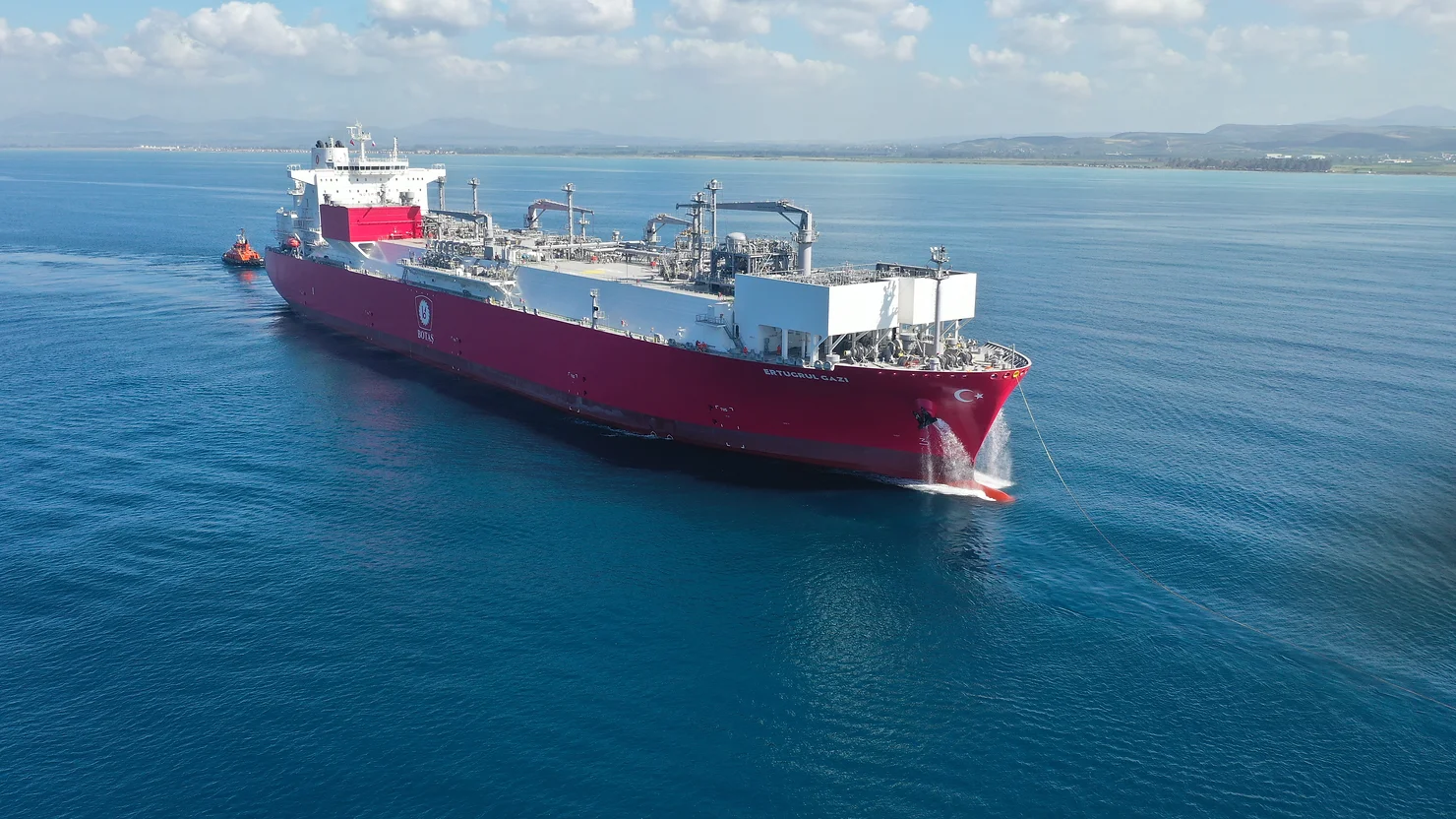FSRU enables cleaner energy production

FSRU stands for Floating Storage Regasification Unit. It is a type of vessel that is used to store liquefied natural gas (LNG) and then convert it back to its gaseous form for use as fuel.
The FSRU vessel typically has a large storage capacity for LNG, and it is equipped with regasification equipment that can convert the LNG back into gas. The gas is then either sent to shore via pipeline or transferred to another vessel for transportation.
FSRU vessels are often used in areas where there is a high demand for natural gas, but there is limited infrastructure for transporting and storing it. They are also used as a temporary solution while permanent LNG infrastructure is being built.
Contrary to most offshore facilities, an LNG FSRU will be located near the LNG consumer site, power plants, or where the existing onshore natural gas pipeline network is available. Therefore the FSRU can be located not far away from coastal lines, or in a specific case, it may be located near a harbor with a wave break facility. The site conditions, such as sea state and seawater temperature, can be deciding factors in the FSRU design. Therefore it is not usually possible or economically feasible to make the FSRU design applicable to all site conditions.
With the expansion of natural gas demands in many countries, the necessity of LNG-receiving terminals has increased. The offshore LNG Floating Storage and Regasification Unit (FSRU) attracts attention not only for a land-based LNG receiving terminal alternative but also for a feasible and economical solution. Nowadays, as the reliability of offshore oil and gas floating facilities and LNG carriers gains with proven worldwide operations, the FSRU can achieve a safety level that can be comparable to an onshore terminal.
Emerging economies continue to record sharp increases in energy demand, and the floating storage regasification unit (FSRU) concept has demonstrated that it can deliver a fast and cost-effective solution.
